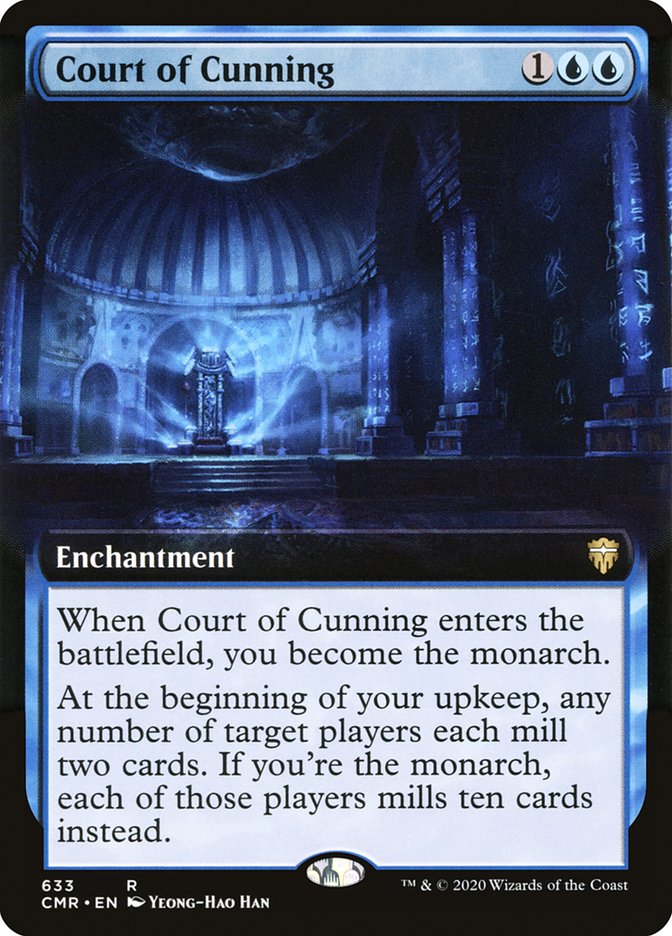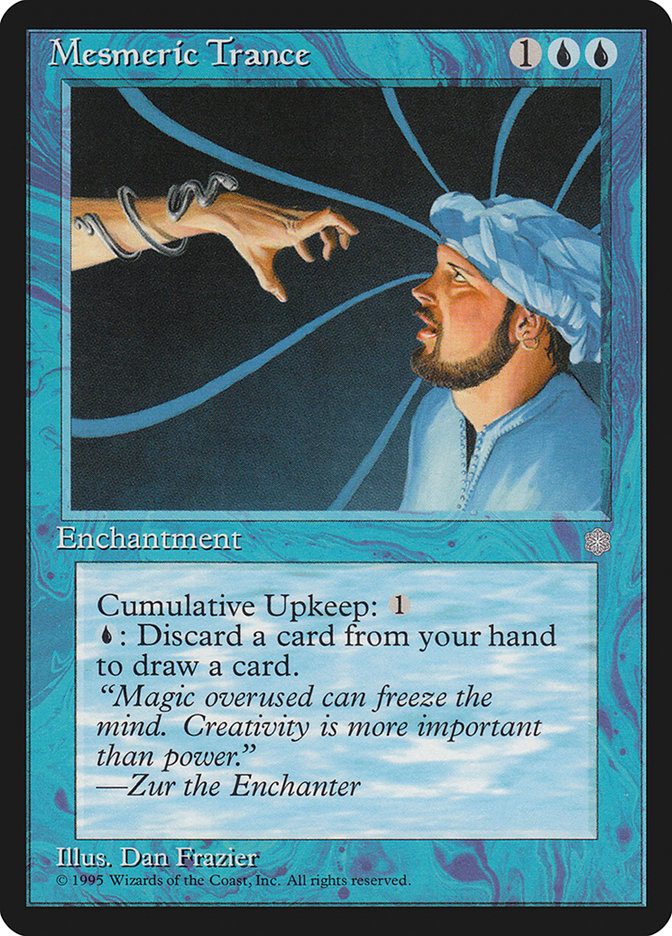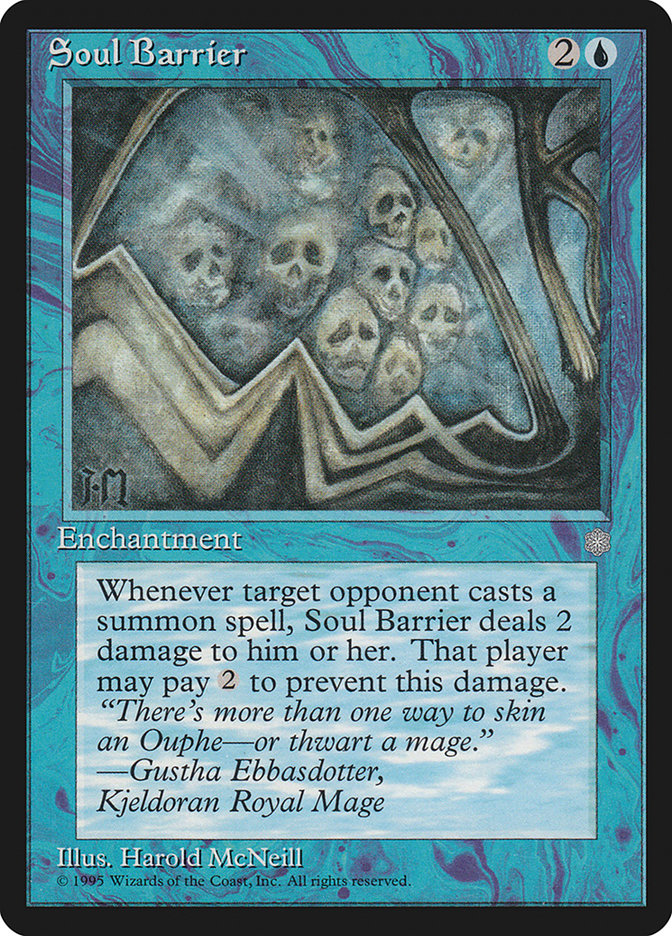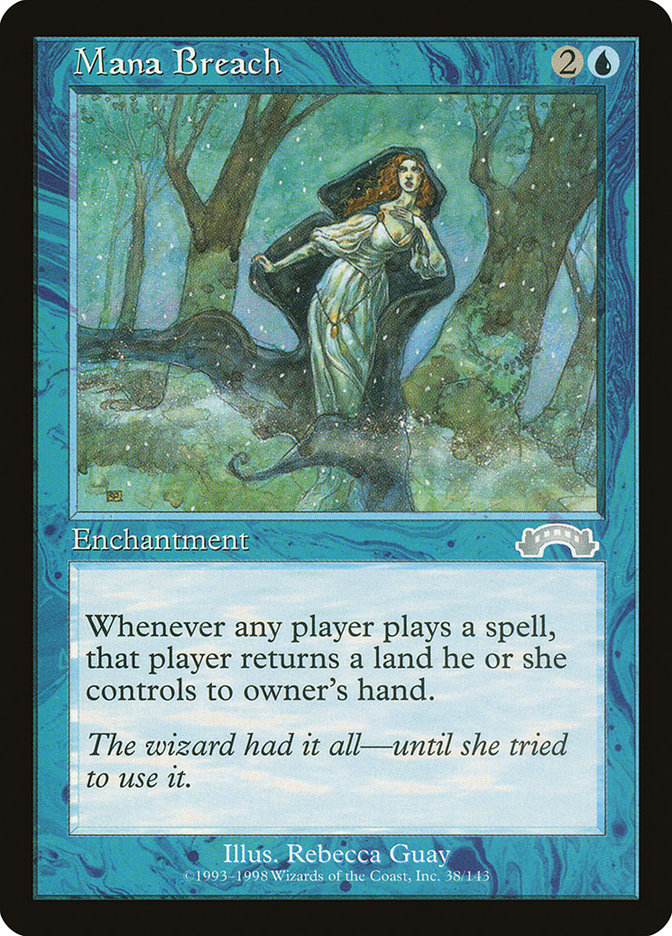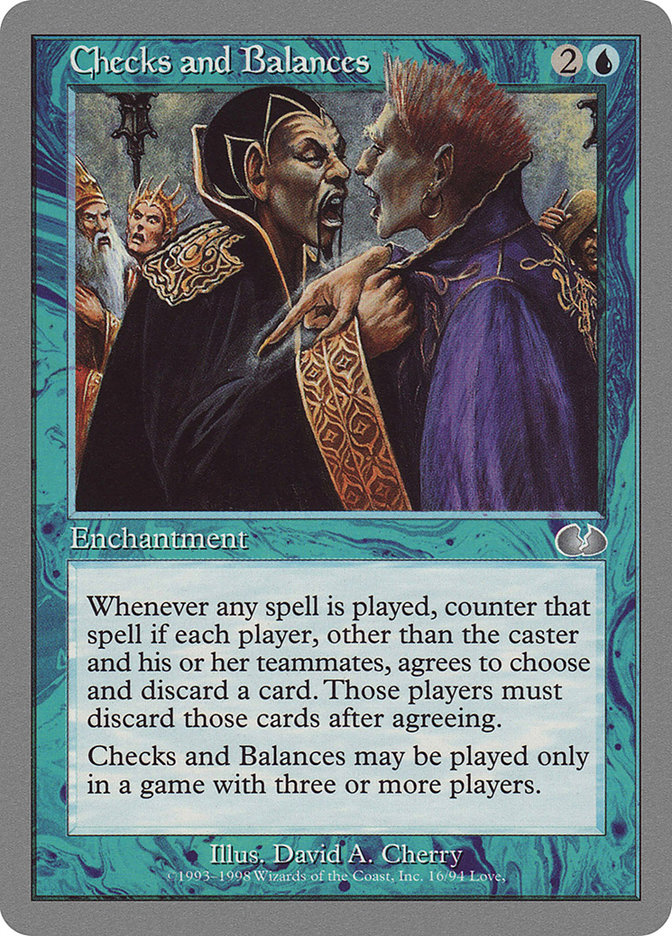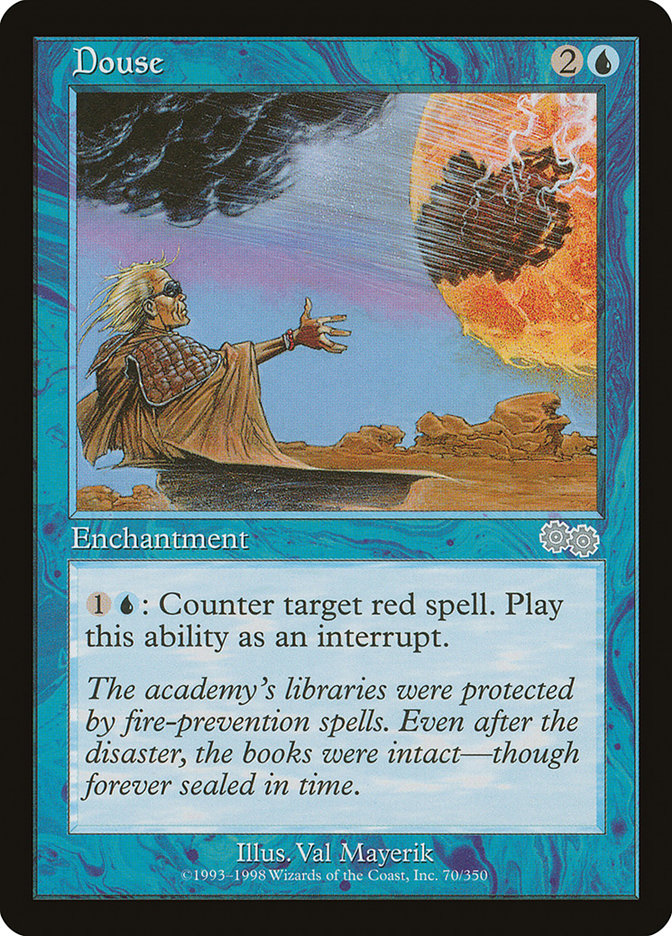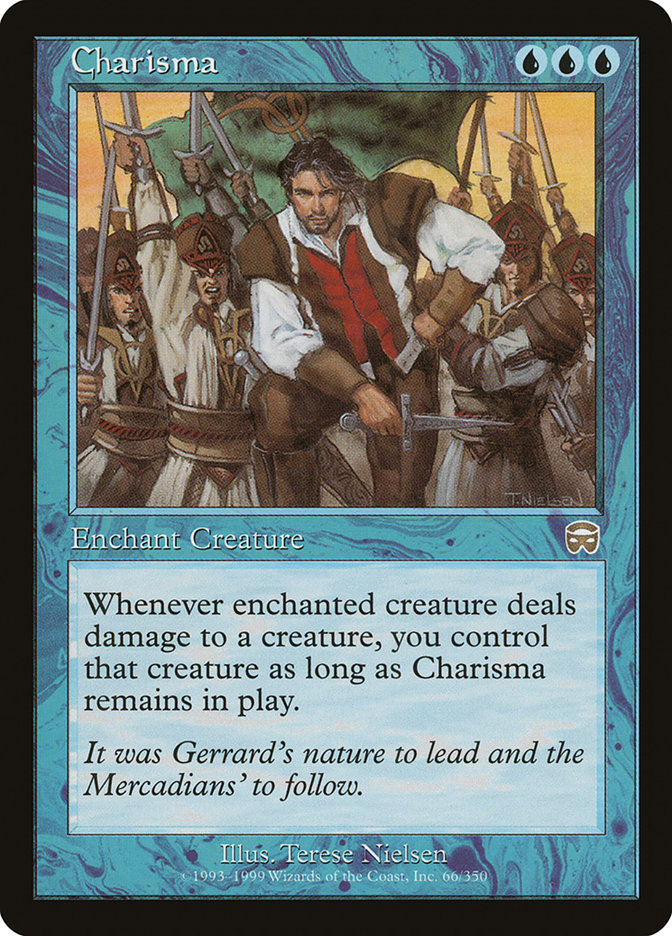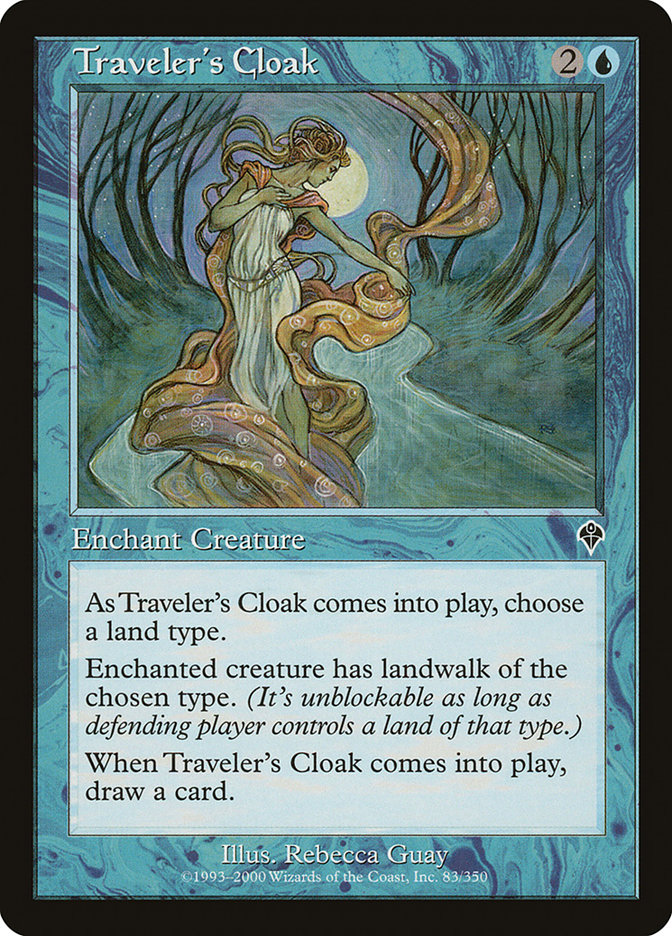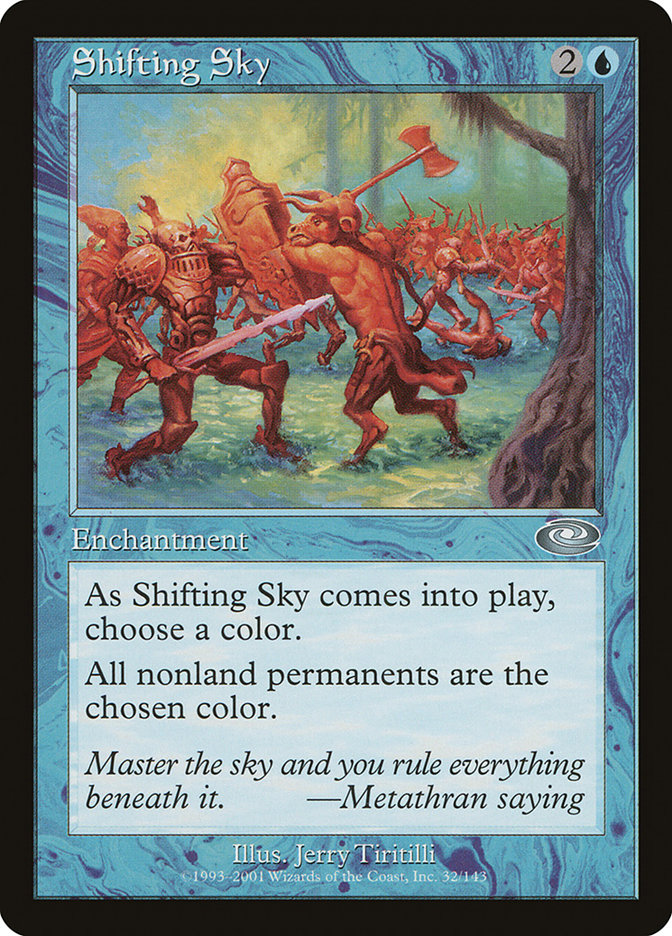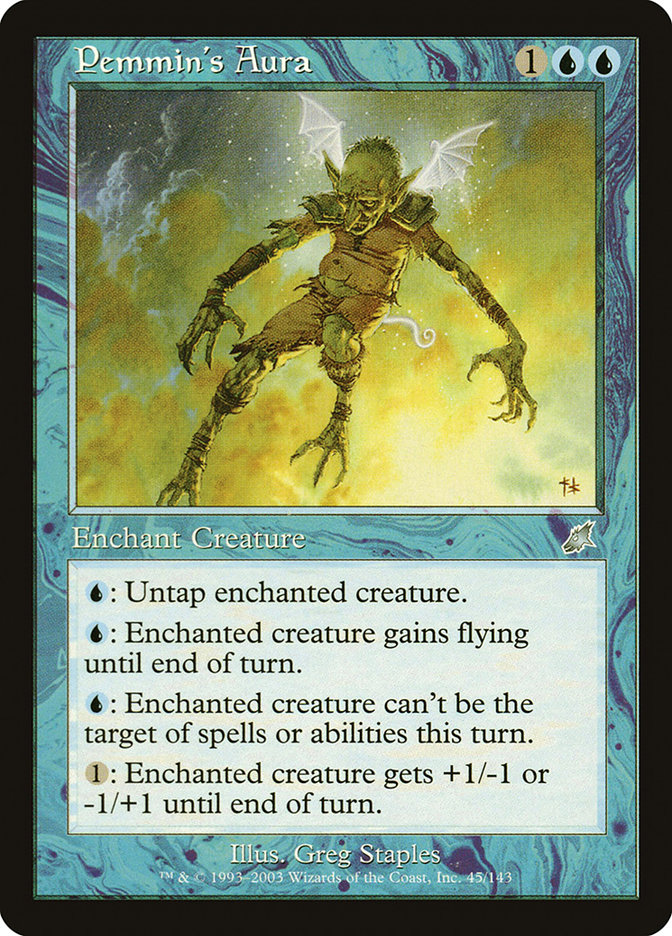Court of Cunning MTG Card
| Card sets | Released in 3 setsSee all |
| Mana cost | |
| Converted mana cost | 3 |
| Rarity | Rare |
| Type | Enchantment |
| Abilities | Mill |
Text of card
When Court of Cunning enters the battlefield, you become the monarch. At the beginning of your upkeep, any number of target players each mill two cards. If you're the monarch, each of those players mills ten cards instead.
Cards like Court of Cunning
Court of Cunning stands out among Magic: The Gathering’s menagerie of blue enchantments. This card echoes the milling prowess seen in Sphinx’s Tutelage, where card draw accelerates the opponent’s library depletion. However, Court of Cunning brings its own monarch mechanic into play, potentially milling ten cards per turn and making it a formidable engine in prolonged matches.
Another akin card is Patient Rebuilding. While it also leans on the strategy of milling the opponent slowly, Court of Cunning rewards controlling the monarch status with a significant bump in effect, whereas Patient Rebuilding offers a steady trickle of card advantage. Then there’s Memory Erosion, which operates on a trigger each time an opponent casts a spell, although it lacks the scaling potential housed in Court of Cunning’s monarchy effect.
Ultimately, each offers its unique tactic within blue deck strategies, yet Court of Cunning can capitalize on the game’s political nature. When players vie for the crown, it adds a layer of complexity and reward, securing its niche in the MTG metagame.
Cards similar to Court of Cunning by color, type and mana cost
Decks using this card
MTG decks using Court of Cunning. Dig deeper into the strategy of decks, sideboard cards, list ideas and export to play in ARENA or MOL.
| # | Name | Format | Archetype | Event |
|---|---|---|---|---|
 | UB | Legacy | Legacy Challenge 32 2024-04-14 | |
 | Dimir Scam | Legacy | Dimir Scam | 2023 NA Legacy Champs |
Card Pros
Card Advantage: Court of Cunning is a powerhouse when it comes to card advantage. Once you become the monarch, you draw an additional card at the end of your turn, ensuring you’re always equipped with an array of options to outmaneuver your opponent.
Resource Acceleration: This enchantment provides a subtle form of resource acceleration. By milling cards from your opponent’s library, you potentially deprive them of crucial resources while bolstering your own strategies, especially if your deck has graveyard synergies.
Instant Speed: While Court of Cunning itself is not an instant, it alters the pace of the game as it demands an instant-speed response from your opponent. If they fail to remove the Court or regain the monarchy, the advantage it gives you can swiftly tilt the game in your favor.
Card Cons
Discard Requirement: In a deck setup where resources in hand are a valuable commodity, Court of Cunning might pose a challenge. Its trigger requires milling, and in certain situations, this could inadvertently lead to discarding essential cards, subtly diminishing your strategic reserves.
Specific Mana Cost: Being a blue-aligned enchantment, Court of Cunning demands a strict mana arrangement. It requires both generic and blue mana to play, thus necessitating a mana base tailored to accommodate this need, potentially restricting deck diversity and flexibility.
Comparatively High Mana Cost: While the passive milling effect of Court of Cunning can be advantageous, its casting cost is on the higher side. With a demand of three mana, including two blue, players might consider other alternatives in the same cost range that could provide a more immediate impact on the game state or offer a higher degree of versatility.
Reasons to Include in Your Collection
Versatility: Court of Cunning offers the ability to manipulate draws for both you and your opponents, making it a strong addition to any blue-focused control or mill strategy.
Combo Potential: This card thrives in mill decks or with effects that capitalize on the number of cards in an opponent’s graveyard, such as powering up crypt-crushing creatures or enabling graveyard shenanigans.
Meta-Relevance: Particularly efficient in a slow-paced game environment where its monarch mechanic can consistently provide an advantage, and its mill ability whittles away the opponent’s options over time.
How to beat
Confronting the challenge posed by the Court of Cunning card in the strategical landscape of Magic: The Gathering can be a true test of one’s deck’s resilience and tactical acumen. Renowned for its ability to bolster one’s own deck with continuous card advantage or to relentlessly mill an opponent’s deck, understanding the mechanics behind this card is crucial for crafting a successful counterstrategy.
Key to undermining Court of Cunning’s influence is rapid removal or neutralization of enchantments. This can be achieved through cards like Disenchant or Naturalize, which provides an immediate response to such threats on the battlefield. Additionally, cards with flash that destroy enchantments can catch an opponent off guard, invalidating the strategic setup they have labored to build. Furthermore, leveraging graveyard-based strategies such as Tormod’s Crypt can mitigate the impact of the mill strategy, essentially turning the tables on the opponent. Lastly, implementing countermeasures like Damping Sphere can slow down or altogether halt the activation of Court of Cunning’s second level, keeping the deck’s powerhouse moves in check. By integrating these aspects into one’s gameplay, the daunting task of overcoming the Court of Cunning becomes a tangible objective.
Ultimately, discerning players who prepare and pilot their decks with these tools stand a strong chance of disrupting the Court of Cunning’s royal decree and maintaining the upper hand in their quest for dominance in Magic: The Gathering.
BurnMana Recommendations
The strategic depth of MTG is exemplified in cards like Court of Cunning, offering both challenges and opportunities. To wield this card effectively demands a nuanced understanding of its interactions and its place within your deck’s strategy. If the monarch mechanic and mill capacity appeal to your playstyle, then Court of Cunning could be a pivotal card for your collection. Stay ahead of the meta by incorporating tech that can exploit the graveyard, or counteract the strategies of your opponents. Elevate your MTG expertise by exploring our comprehensive guides, where we unlock the potential of Court of Cunning and similar impactful cards. Dive in with us and refine your deck to its ultimate form.
Where to buy
If you're looking to purchase Court of Cunning MTG card by a specific set like Magic Online Promos and Commander Legends, there are several reliable options to consider. One of the primary sources is your local game store, where you can often find booster packs, individual cards, and preconstructed decks from current and some past sets. They often offer the added benefit of a community where you can trade with other players.
For a broader inventory, particularly of older sets, online marketplaces like TCGPlayer, Card Kingdom and Card Market offer extensive selections and allow you to search for cards from specific sets. Larger e-commerce platforms like eBay and Amazon also have listings from various sellers, which can be a good place to look for sealed product and rare finds.
Additionally, Magic’s official site often has a store locator and retailer lists for finding Wizards of the Coast licensed products. Remember to check for authenticity and the condition of the cards when purchasing, especially from individual sellers on larger marketplaces.
Below is a list of some store websites where you can buy the Court of Cunning and other MTG cards:
 BUY NOW
BUY NOW BurnMana is an official partner of TCGPlayer
- eBay
- Card Kingdom
- Card Market
- Star City Games
- CoolStuffInc
- MTG Mint Card
- Hareruya
- Troll and Toad
- ABU Games
- Card Hoarder Magic Online
- MTGO Traders Magic Online
See MTG Products
Printings
The Court of Cunning Magic the Gathering card was released in 2 different sets between 2020-11-20 and 2020-11-20. Illustrated by Yeong-Hao Han.
| # | Released | Name | Code | Symbol | Number | Frame | Layout | Border | Artist |
|---|---|---|---|---|---|---|---|---|---|
| 1 | Magic Online Promos | PRM | 85980 | 2015 | Normal | Black | Yeong-Hao Han | ||
| 2 | 2020-11-20 | Commander Legends | CMR | 633 | 2015 | Normal | Black | Yeong-Hao Han | |
| 3 | 2020-11-20 | Commander Legends | CMR | 63 | 2015 | Normal | Black | Yeong-Hao Han |
Legalities
Magic the Gathering formats where Court of Cunning has restrictions
| Format | Legality |
|---|---|
| Commander | Legal |
| Legacy | Legal |
| Oathbreaker | Legal |
| Vintage | Legal |
| Duel | Legal |
Rules and information
The reference guide for Magic: The Gathering Court of Cunning card rulings provides official rulings, any errata issued, as well as a record of all the functional modifications that have occurred.
| Date | Text |
|---|---|
| 2020-11-10 | If combat damage dealt to the monarch causes that player to lose the game, the triggered ability that causes the controller of the attacking creature to become the monarch doesn't resolve. In most cases, the controller of the attacking creature will still become the monarch as it is likely their turn. |
| 2020-11-10 | If the monarch leaves the game during another player's turn, that player becomes the monarch. If the monarch leaves the game during their turn, the next player in turn order becomes the monarch. |
| 2020-11-10 | If the triggered ability that causes the monarch to draw a card goes on the stack and a different player becomes the monarch before that ability resolves, the first player will still draw the card. |
| 2020-11-10 | The game starts with no monarch. Once an effect makes one player the monarch, the game will have exactly one monarch from that point forward. As a player becomes the monarch, the current monarch (if any) ceases being the monarch. |
| 2020-11-10 | There are two inherent triggered abilities associated with being the monarch. These triggered abilities have no source and are controlled by the player who was the monarch at the time the abilities triggered. The full texts of these abilities are "At the beginning of the monarch's end step, that player draws a card" and "Whenever a creature deals combat damage to the monarch, its controller becomes the monarch." |
